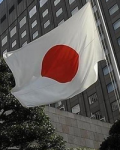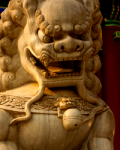-
Wealth cycle turns - China ousts Germany with more billionaires
June 20, 2014
ATI Magazine April/May 2014 issue
ASIA is at the beginning of a 150-year cycle of wealth creation, led by China — the factory of the world which is now the factory of the world’s billionaires — according to Wealth X, a Singapore-based research firm dedicated to identifying and validating ultra high net worth (UHNW) individuals around the world . . .





